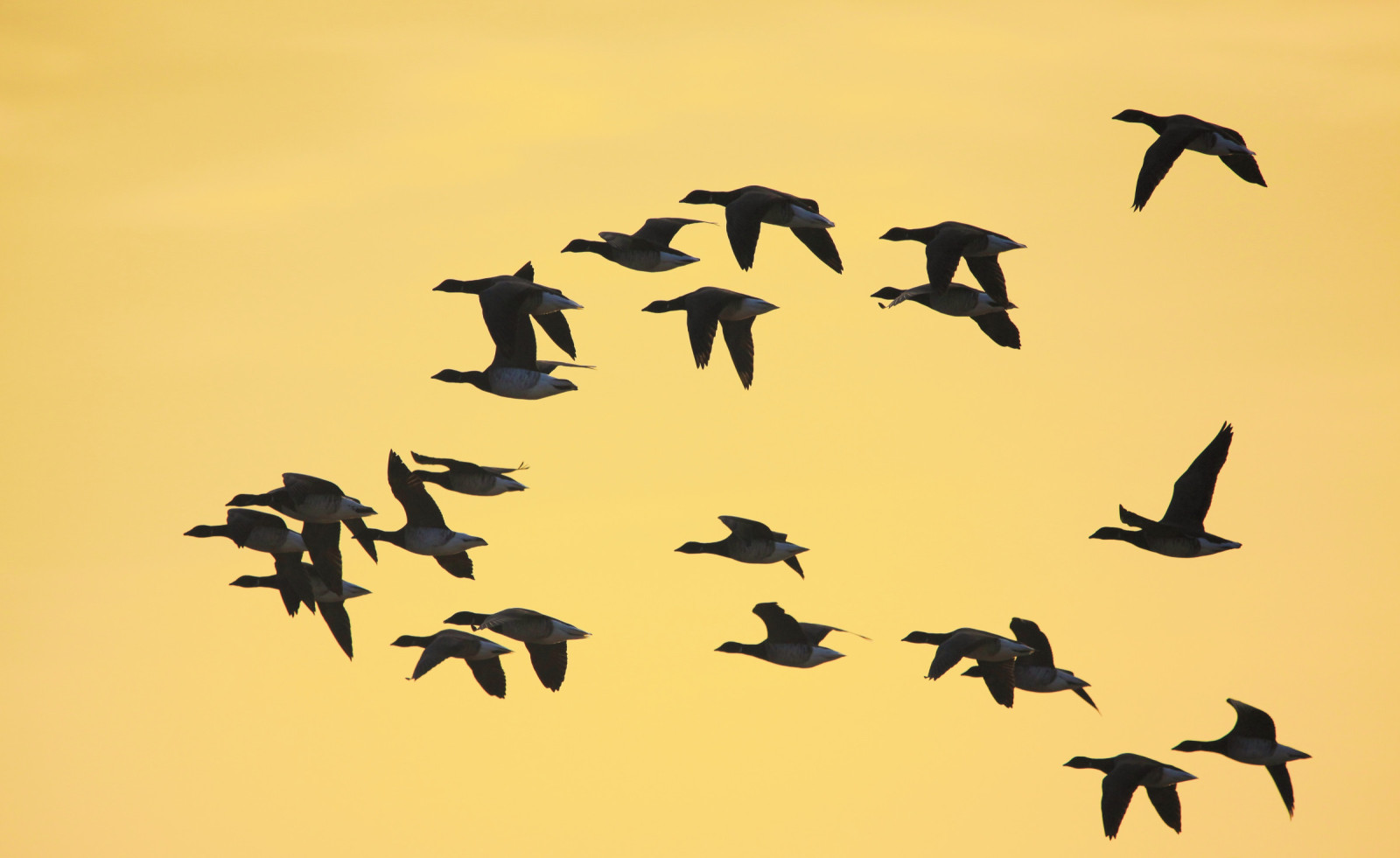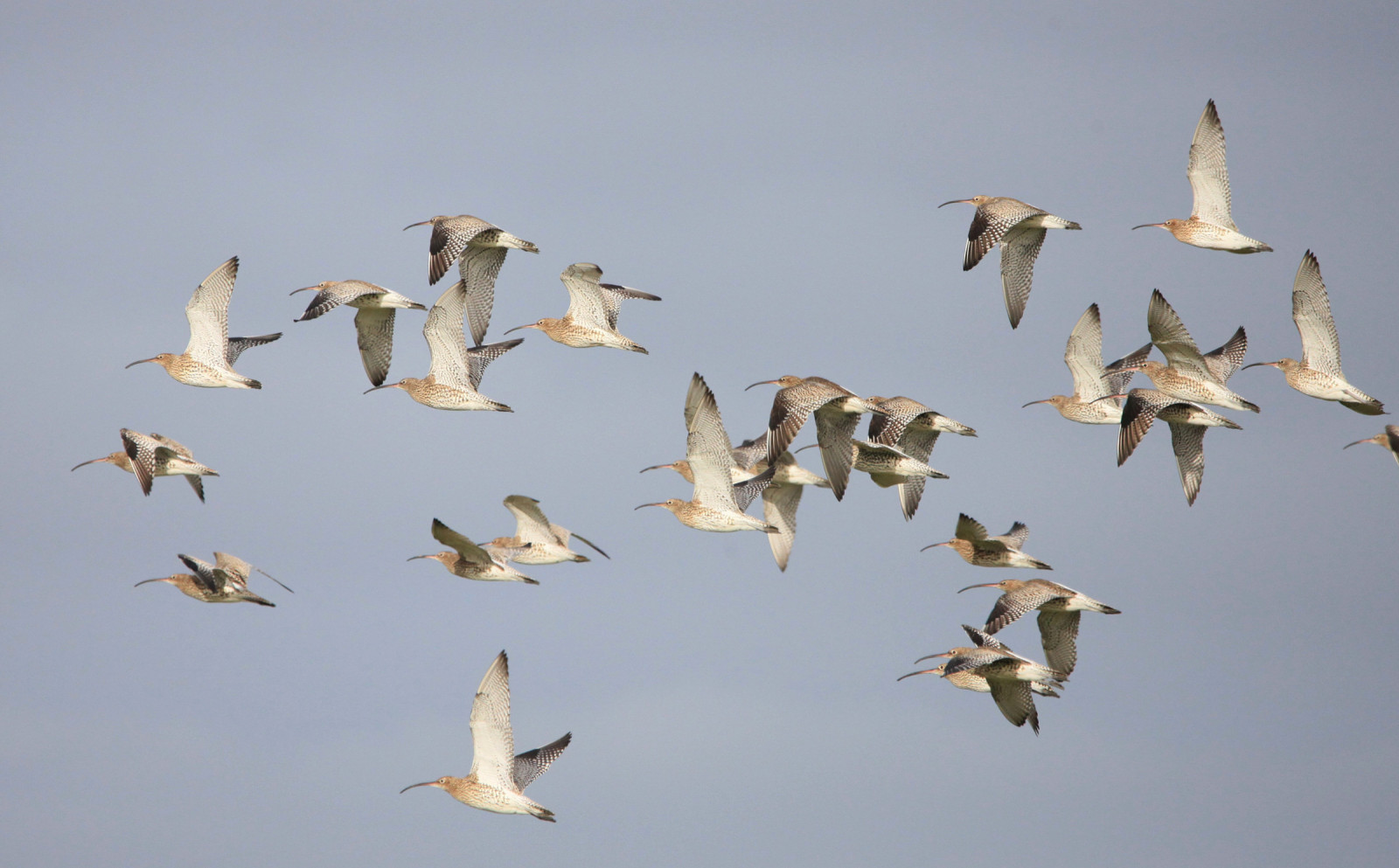Opis
Ballyteige Burrow consists of a complex dune system, an interidal estuary and polder land. The reclaimed land extends north into the Killag area. This mix of habitats is excellent for a multitude of species throughout the year. Large numbers of waterbirds can be found here in the winter, with nationally important numbers of rycyk, bernikla obrożna, kulik wielki and siewka złota. The polder land is also one of the most reliable sites in Ireland to see łabędź czarnodzioby in winter (see extra info).
This area is also excellent for raptors, with błotniak zbożowy, drzemlik, sokół wędrowny and uszatka błotna all possible in the winter with occasional błotniak stawowy too.
In summer, the dunes and grasslands are alive with colourful flowers and many passerines breed here, including świergotek łąkowy, skowronek and kląskawka. There are also few breeding pairs of ohar. Recent rarities that have been encountered in the summer and migration months include kobuz, ibis kasztanowaty, szlamiec dlugodzioby and przepiórka.
Szczegóły
Dostęp
The Ballyteige Burrow and Killag area is located about 15 km south-west of Wexford Town. There are multiple options for parking at various points around the area. Click on a P in the map for directions to a parking spot. There is also a 4 km trail that begins at Kilmore Quay where it's possible to walk between the dunes and polder land to the estuary dam wall (known as the Cull Bank). It's a long walk and bringing food and water would be recommended. It's also possible to get a local bus (390) to Kilmore Quay from Wexford Town and walk from the bus stop.
Teren i siedlisko
Wydmy , Błota , Jezioro , Łąka , Rzadkie drzewa i krzewy , Tereny podmokłe , Rolnictwo/uprawy , Morze , PlażaWarunki
Płaski , Piaszczysty , Otwarty krajobraz , BagiennyTrasa dookoła
TakCzy luneta będzie przydatna ?
Może być przydatnaUdany sezon obserwacyjny
Przez cały rokNajlepszy czas na wizytę
ZimaTrasa
Droga utwardzona , Droga nieutwardzona , Wąski szlakPoziom trudności szlaku pieszego
Średnio wymagający spacerDostępne
Pieszo , Rower , SamochódCzatownia/platforma obserwacyjna
NieDodatkowe informacje
łabędź czarnodzioby are now a very rare visitor in Ireland in winter with only very small numbers showing up in recent times. While this area is a reliable spot for the species, there are some winters where only 1-2 birds may appear or none at all. The fields between the Inish Pebble Quarry and the windfarm are the most likely place to see this species in the area.

.jpg)


